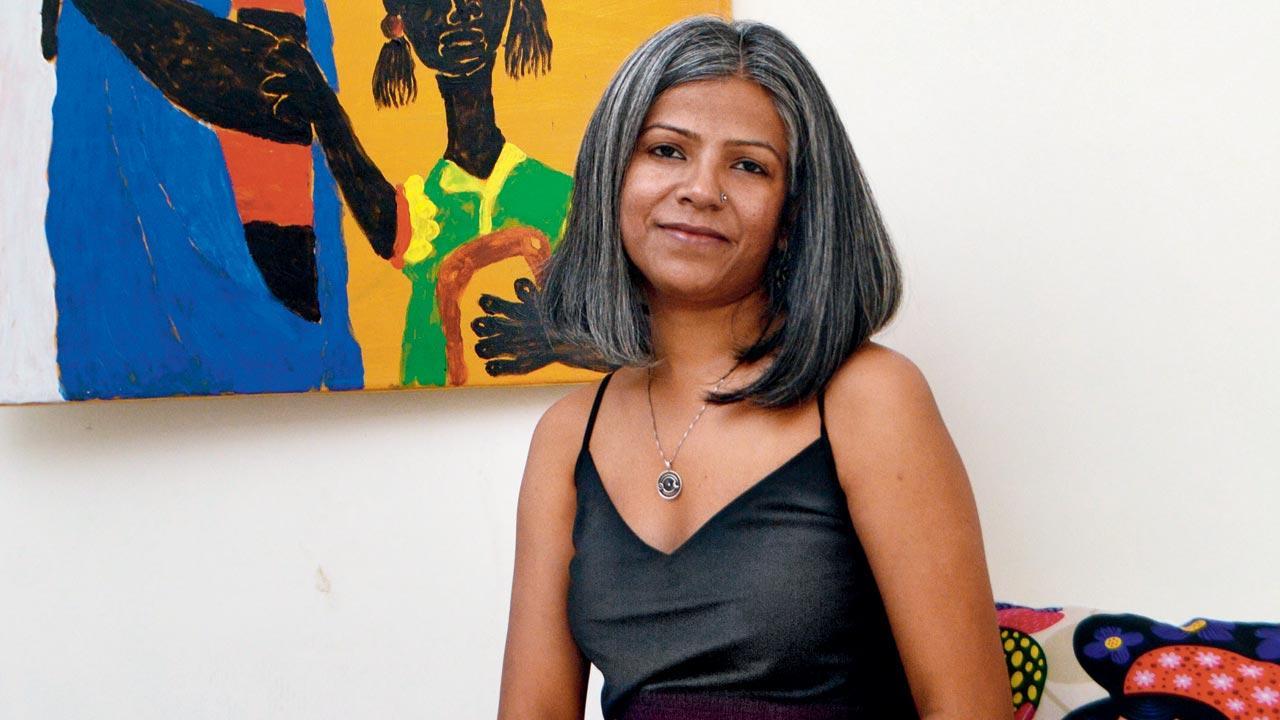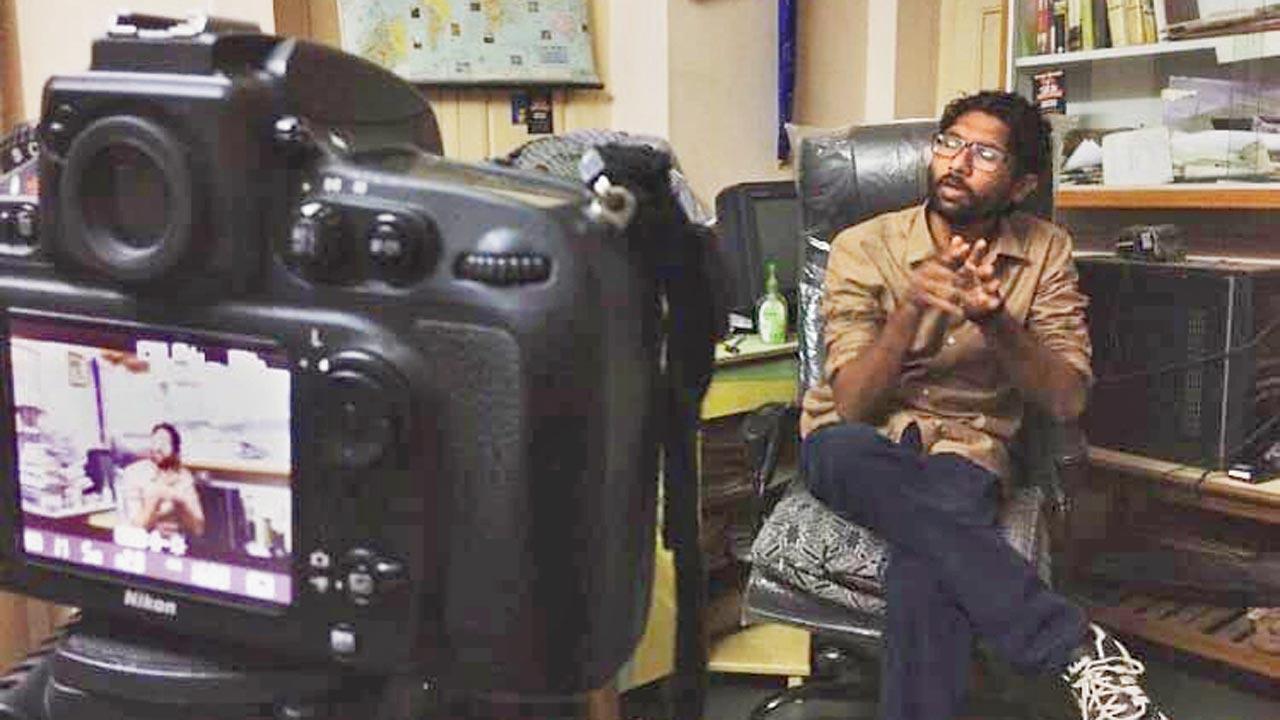In the many films she watched, Jyoti Nisha never saw herself. Her new documentary turns the lens towards her own self and others at the margins—with the honesty and empathy they deserve

Jyoti Nisha devised the concept of Bahujan spectatorship— an oppositional gaze. Pic/Satej Shinde
Mooknayak, the legendary Marathi fortnightly established by Babasaheb Ambedkar in 1920, presented its mandate in its very name: as “the leader of the voiceless”. In highlighting the issues of the oppressed castes, it ushered in a new wave of anti-caste politics and identity assertion. But not everyone was a fan; for example, the nationalist newspaper Kesari—run by Bal Gangadhar Tilak—refused to publish an advertisement about the fortnightly’s launch.
ADVERTISEMENT
This story is one among many brought to the fore by Dr BR Ambedkar: Now & Then, a documentary born of eight years of labour by filmmaker and cultural critic Jyoti Nisha. The film had its Asian premiere at the 2023 Dharamshala International Film Festival.
It flits between key moments from the past and pressing concerns of present times—such as the 2016 Una flogging incident, Rohith Vemula’s death and the release of the crowdsourced list of sexual harassers in academia by Raya Sarkar. Previously, Nisha has contributed significantly to acclaimed projects like Neeraj Ghaywan’s Geeli Puchi. By documenting these significant contemporary events, she creates a new archive of Bahujan history.
 Mid-shoot with Jignesh Mevani in 2016. Pic/Twitter
Mid-shoot with Jignesh Mevani in 2016. Pic/Twitter
At the heart of the 40-year-old’s cinematic vision is the belief that all people can tell and write their own stories—they don’t need others to. “It felt like people from privileged communities were making films about us—with good intentions or not. There was a distortion or hijacking of my people’s identities. The gaze was defined by a saviour complex, like the makers didn’t know us at all. I couldn’t relate to it, especially as someone who grew up in a household where we believed in rational thought and there was no shame around caste,” says the filmmaker, whose roots lie in Lucknow, and whose father was the national president of the All India Backward and Minority Communities Employees Federation (BAMCEF). To combat this hijacking of narratives, Nisha devised the notion of “Bahujan spectatorship”: “an oppositional gaze and a political strategy of Bahujans to reject Brahmanical representation in cinema and media”.
Nisha’s foregrounding in Ambedkarite thought may have begun in her parents’ home, but studying at the Tata Institute of Social Sciences and travelling across the country expanded her understanding of caste. “Growing up, we learn many things passively. Like the way your mother prepared chutney—you recognise its taste and what goes into it, if you lingered in the kitchen. It was only later in life that I learnt to articulate what I knew as lived experience and think about it critically,” she explains.
Nisha chose Ambedkar as the documentary’s focal point when she observed that India’s right-wing political parties were appropriating him in 2014. Another observation was that there are very few films on him. “How can popular culture claim to authentically represent caste, if they haven’t told the story of events like the Mahad Satyagraha or Manusmriti Dahan Diwas? Ambedkar and Gandhi were active during overlapping periods of time, but are they equally represented?” she asks, adding that Jabbar Patel and Anand Patwardhan are the only directors who come to mind, for their depictions of Ambedkar’s life and work.
Interviews with personalities like Bezwada Wilson, the national convenor of the Safai Karmachari Andolan, are punctuated by Sunil Abhiman Awachar’s animated black-and-white sketches, employed to explain history and mythology. One sequence explains the Dronacharya-Eklavya relationship from the Mahabharata: the thumb the student paid as gurudakshina to the teacher who refused to train him, because of his tribal roots.
“Sunil’s own aesthetic contributes to what I want to say through the documentary. He isn’t a trained artist. He’s from the community, and he evokes subversion through his art,” Nisha shares. If there’s any frame that embodies the tenor and mood of Dr BR Ambedkar: Now & Then, it is this one: Having paid the price of his second-hand training, Sunil and Nisha’s Eklvavya cheekily holds up his palm—displaying one finger that is severed, and another that flips both Dronacharya and the viewer off.
 Subscribe today by clicking the link and stay updated with the latest news!" Click here!
Subscribe today by clicking the link and stay updated with the latest news!" Click here!












